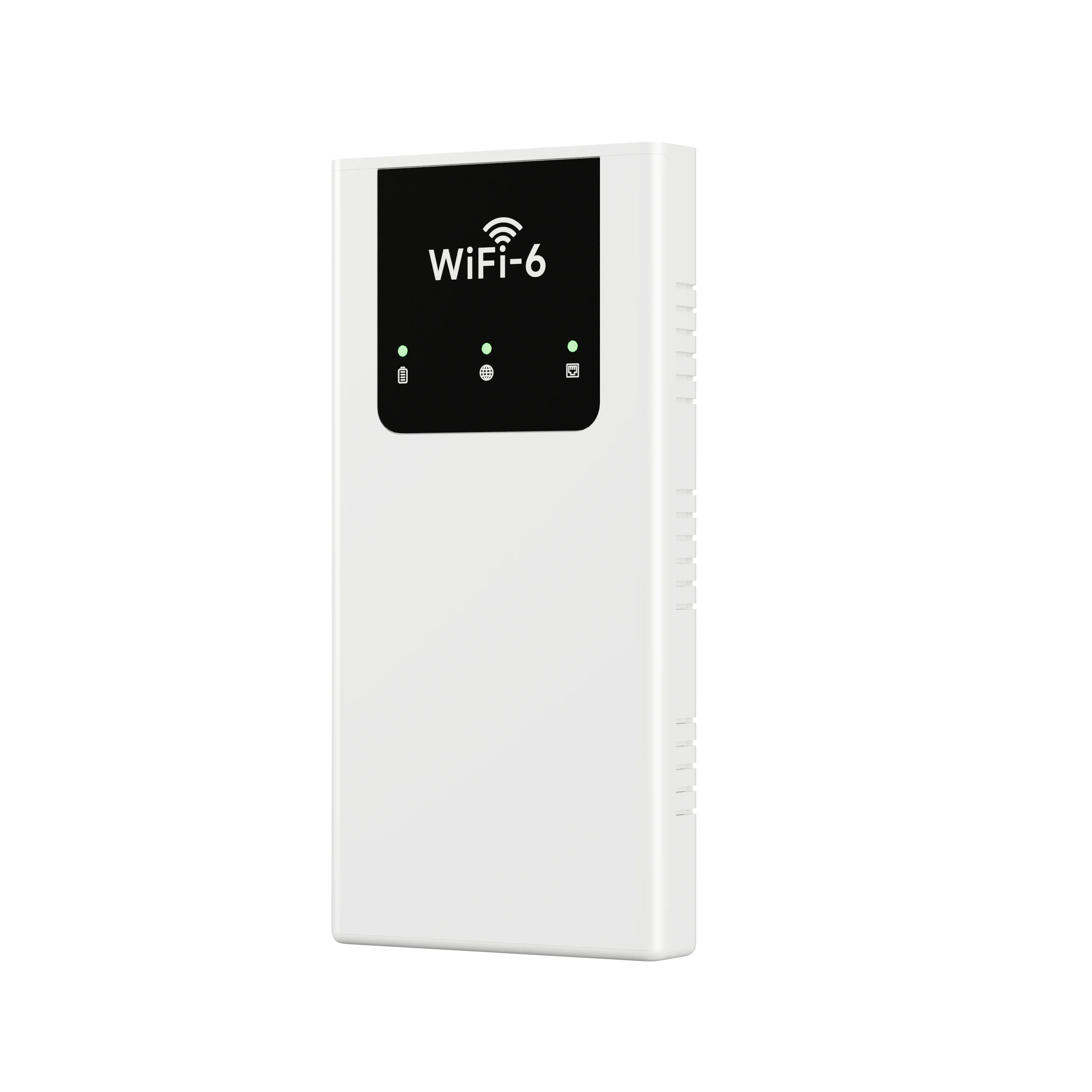Understanding the Implications of an EPB Light: Should You Drive with It On?
When it comes to vehicle safety, few indicators are as crucial as the warning lights on your dashboard. Among these, the Electronic Parking Brake (EPB) light holds significant importance. If you find yourself driving with the EPB light illuminated, it’s essential to understand what this means for your vehicle's safety and performance. In this article, we will delve into the implications of an EPB light being on, the potential risks involved, and the steps you should take to address the issue.
What is an EPB?
The Electronic Parking Brake (EPB) is a modern alternative to the traditional handbrake. Utilizing electronic controls, it engages and disengages the parking brake with the push of a button. This system offers several advantages, including improved convenience and enhanced vehicle stability. However, like any electronic system, it is not without its potential issues.
What Does the EPB Light Indicate?
When the EPB light illuminates on your dashboard, it serves as a warning that something is amiss with the electronic parking brake system. This could be due to various reasons, including:
- Engaged Parking Brake: The most straightforward explanation is that the parking brake is still engaged. If you see the EPB light while driving, ensure that the brake is fully released.
- System Malfunction: The EPB system may be experiencing a malfunction. This could be due to a faulty sensor, wiring issues, or a problem with the electronic control unit.
- Low Brake Fluid: In some vehicles, the EPB system is linked to the brake fluid level. If the fluid is low, it can trigger the EPB light.
- Worn Brake Pads: Some vehicles are designed to alert drivers when brake pads are worn to a certain level, which can also illuminate the EPB light.
Is It Safe to Drive with the EPB Light On?
Driving with the EPB light on is generally not advisable. Here’s why:
- Risk of Brake Failure: If the EPB light indicates a malfunction, continuing to drive could lead to brake failure. This is particularly dangerous in situations requiring sudden stops.
- Increased Wear and Tear: Ignoring the warning can lead to further damage to the braking system, resulting in costly repairs down the line.
- Legal Implications: In some jurisdictions, driving a vehicle with a known safety issue can lead to legal repercussions, including fines or penalties.
What Should You Do If the EPB Light Comes On?
If you find yourself in a situation where the EPB light is illuminated, follow these steps:
- Check the Parking Brake: Ensure that the parking brake is fully disengaged. If it is, proceed to the next step.
- Inspect Brake Fluid Levels: Check the brake fluid reservoir. If the fluid is low, top it up with the appropriate type of brake fluid as specified in your vehicle’s manual.
- Look for Other Warning Lights: If other warning lights are illuminated, it may indicate a broader issue with the vehicle’s braking system.
- Consult the Owner’s Manual: Your vehicle’s manual may provide specific guidance on what to do when the EPB light is on.
- Seek Professional Help: If the light remains on after checking the above, it’s crucial to consult a qualified mechanic. They can run diagnostic tests to identify the root cause of the issue.
Conclusion
In summary, while it may be tempting to ignore the EPB light, doing so can pose significant risks to your safety and the integrity of your vehicle. Understanding the implications of the EPB light and taking appropriate action is essential for maintaining a safe driving experience. Always prioritize safety and consult a professional if you are unsure about the condition of your vehicle. Remember, when it comes to warning lights, it’s better to be proactive than reactive.
